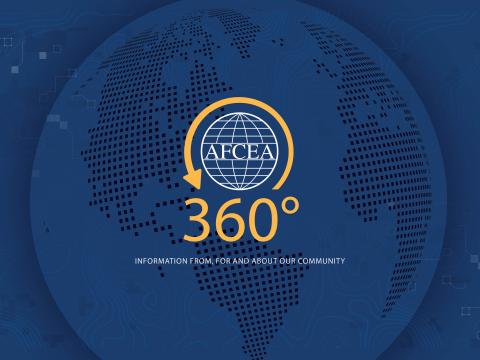The Intelligence Community: New Challenges, Sources, and Methods
The Intelligence Committee (the Committee) of the Armed Forces Communications and Electronics Association (AFCEA) is pleased to present this white paper focused on the changing threats facing our nation and the U.S. Intelligence Community (IC) and the potential represented by a wider variety of sources and analytic methodologies available to meet these threats. This paper is part of a series of
Committee publications intended to contribute to the ongoing national dialog regarding the state and future of the IC. The papers are intended to stimulate discussion at intelligence symposia presented by the Committee, and this one is keyed to the AFCEA Fall Intelligence Symposium scheduled for October 14 and 15, 2009.2 Through the symposium and white paper, the Committee hopes to contribute to efforts to modulate the spectrum of threats with which the IC concerns itself and the sources and analytic approaches the Community employs to meet those challenges.




Comment
I read through the "white
Comments